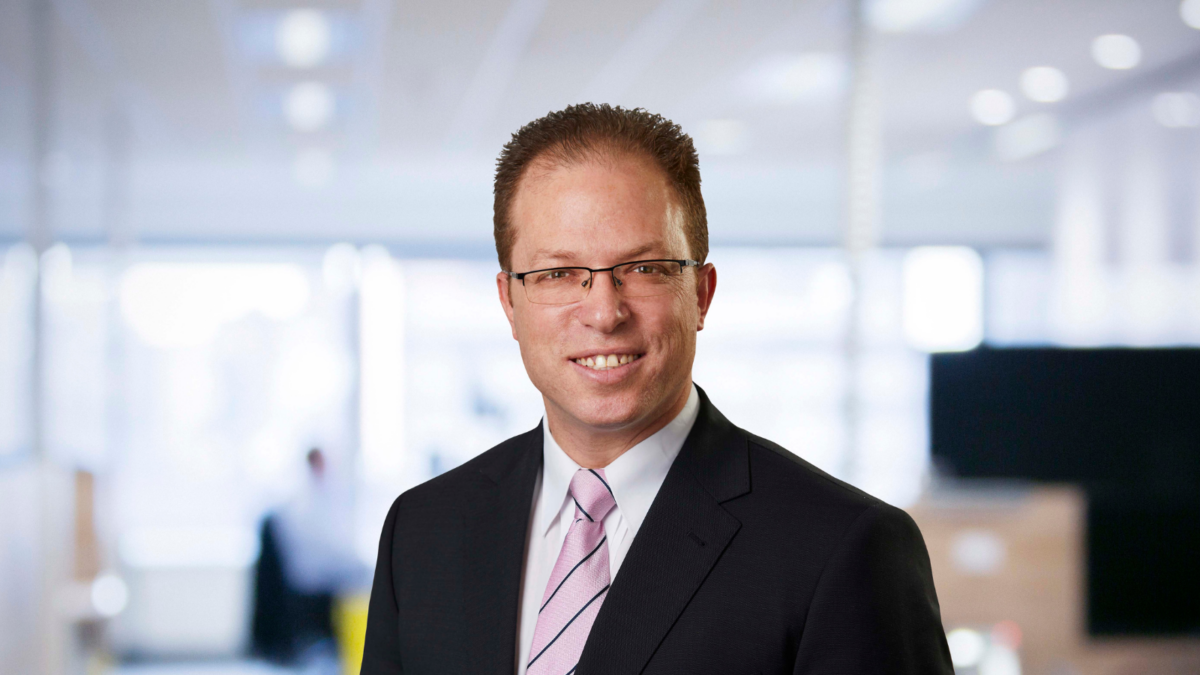Why big super must reckon with geopolitical upheaval
The rise and rise of Australia’s superannuation system has largely played out against a backdrop of low interest rates, globalised trade and relative stability in the relationships between the world’s superpowers.
But that’s all begun to change, and geopolitics is going to be “one of the key elements that will impact investment portfolios” over the next decade, according to Paul Newfield, director of sector research at Frontier Advisors.
“And the reason for that is, first of all, Australian institutions and investors are deploying more and more capital overseas,” Newfield told ISN’s Think Forward podcast. “Second of all, we’ve gone through a long, long period of relative calm in the world of geopolitics. Yes, there’s always changes in different theatres of engagement, but it’s been a very productive period over the last 30, 40 years.
“The saying is that a rising tide lifts all boats. Institutional investors have been able to elicit enormously good returns, not from one good geographical exposure or another, but by virtue of strong economic tailwinds which have benefitted many places throughout the world and because of the relative calm compared to (other periods of history).”
As one example of the shift in thinking, super funds are beginning to move away from the view of global equities as a unified asset class to look more carefully at their regional exposures and the risks they carry in each one. But while geopolitical upheaval is usually cause for some consternation among investors, Newfield reckons it’s not all bad news.
“There are lots of bad things that can happen, and people need to be mindful of that. But sometimes there also are opportunities. As you get emergent economies, new stable governments, better economic policies, stresses in different geographies can ameliorate and kind of get resolved, and that creates an economic tailwind. So you need to be mindful of the risks, but also cognisant that there could be opportunities for those who have their eyes on the ball.”
With more and more money to invest, superannuation funds are faced with the problems that come with investing more of it overseas. At the most basic level, that means navigating new and different legal and regulatory frameworks – but things get more complex when the value of those investments could potentially come under threat due to moments of geopolitical stress.
“For Australian superannuation funds there have been, and always will be, enormous benefits to investing closer to home,” Newfield said. “You understand, in a practical sense, what those investments can mean, both for your end stakeholders and for Australia as a country. You’ve also got lower investment costs because you’re closer to home; it matches your liabilities because they’re denominated in Australian dollars; you can have greater control because you can own a bigger proportion of the assets.”
“But at the end of the day, enshrined in law is the need to look after the best financial interests of end savers. So if Australia constructs regulatory frameworks or mechanisms which facilitate good investment opportunities, the funds will naturally deploy capital here. If there are better investment opportunities overseas, either from a return dimension or a risk dimension – because they diversify the concentration risk of having all your assets in one basket – they’ll deploy there.”
The $220 billion Future Fund, Australia’s sovereign wealth fund, has also been increasingly vocal on the risks and opportunities it sees from geopolitical upheaval, and has a stated preference for owning domestic assets – where possible, and where the returns stack up. It’s also made sweeping changes to its portfolio, allocating more to commodities like gold, liquid alternatives and active equities to get a leg up in what it describes as a “new investment order”.
Super funds aren’t strangers to liquid alternatives and commodities, but it’s been a long time since they’ve allocated a substantial chunk of FUM to them. Could some of the changes made by the Future Fund trickle into the superannuation sector?
“We do think alternatives still have a role. When you think about diversification and risk mitigation, particularly in terms of extreme loss, that can make a big difference. It’s not always about maximising the highest return possible. It’s also about minimising times when you get capital destruction.”











